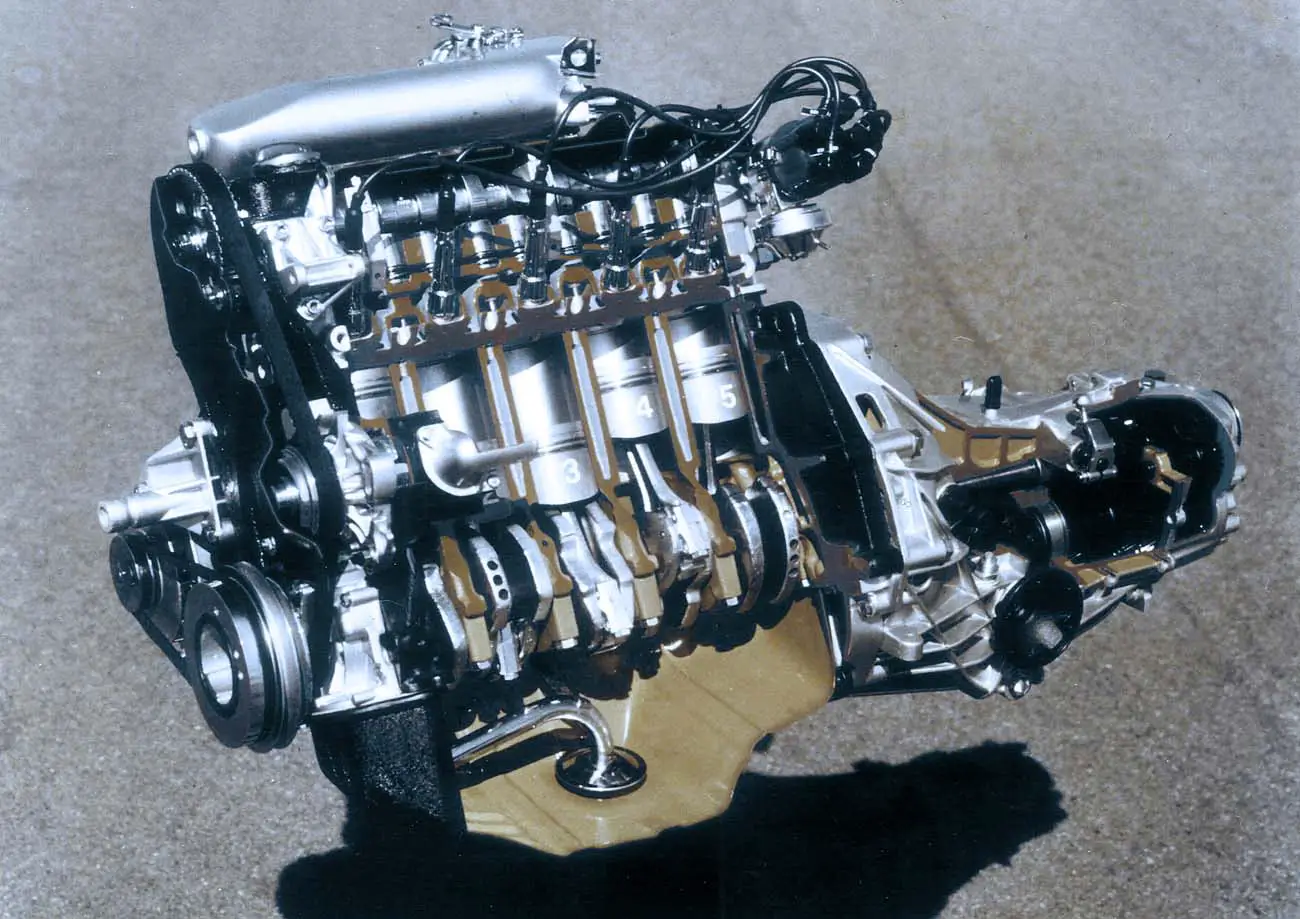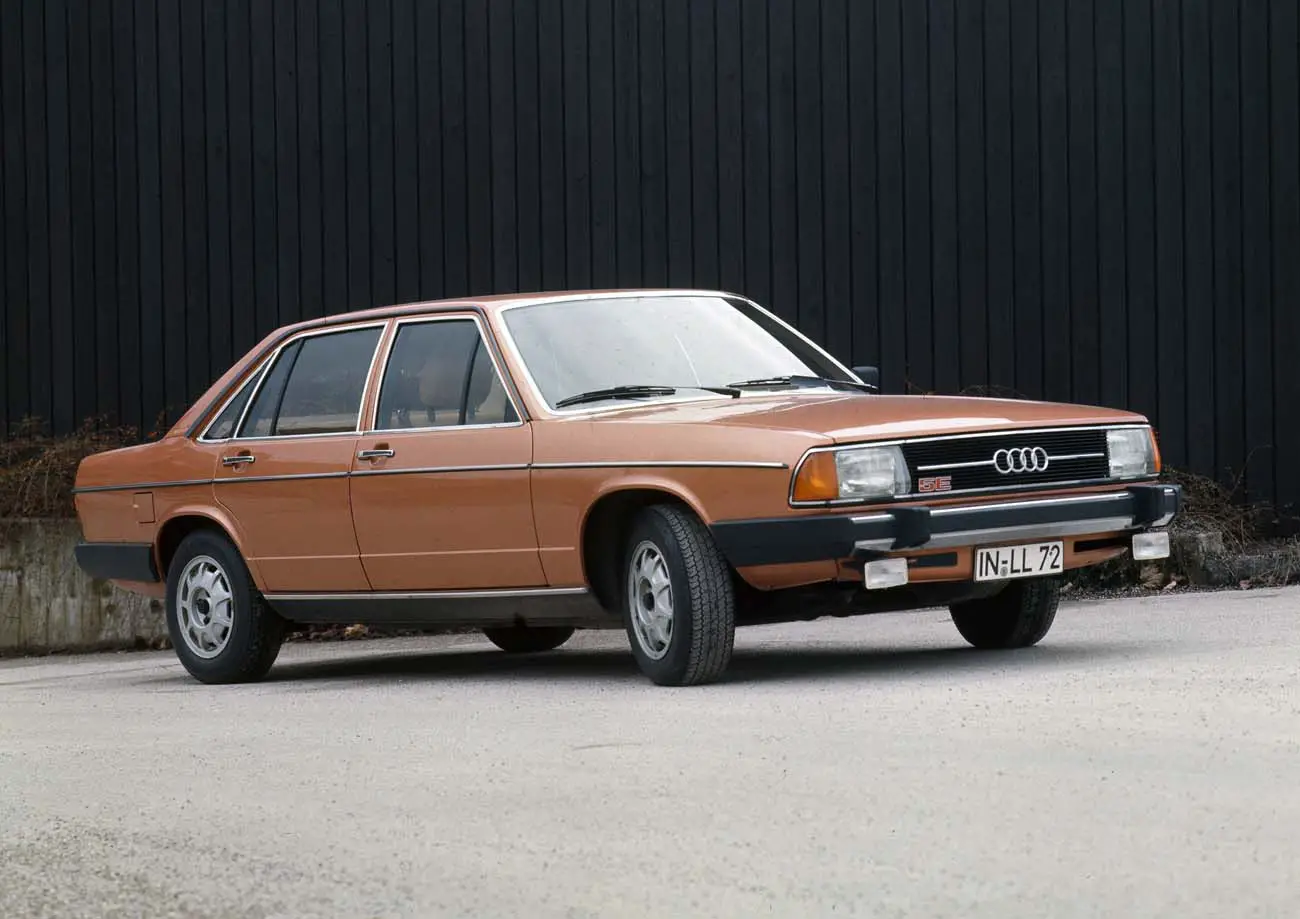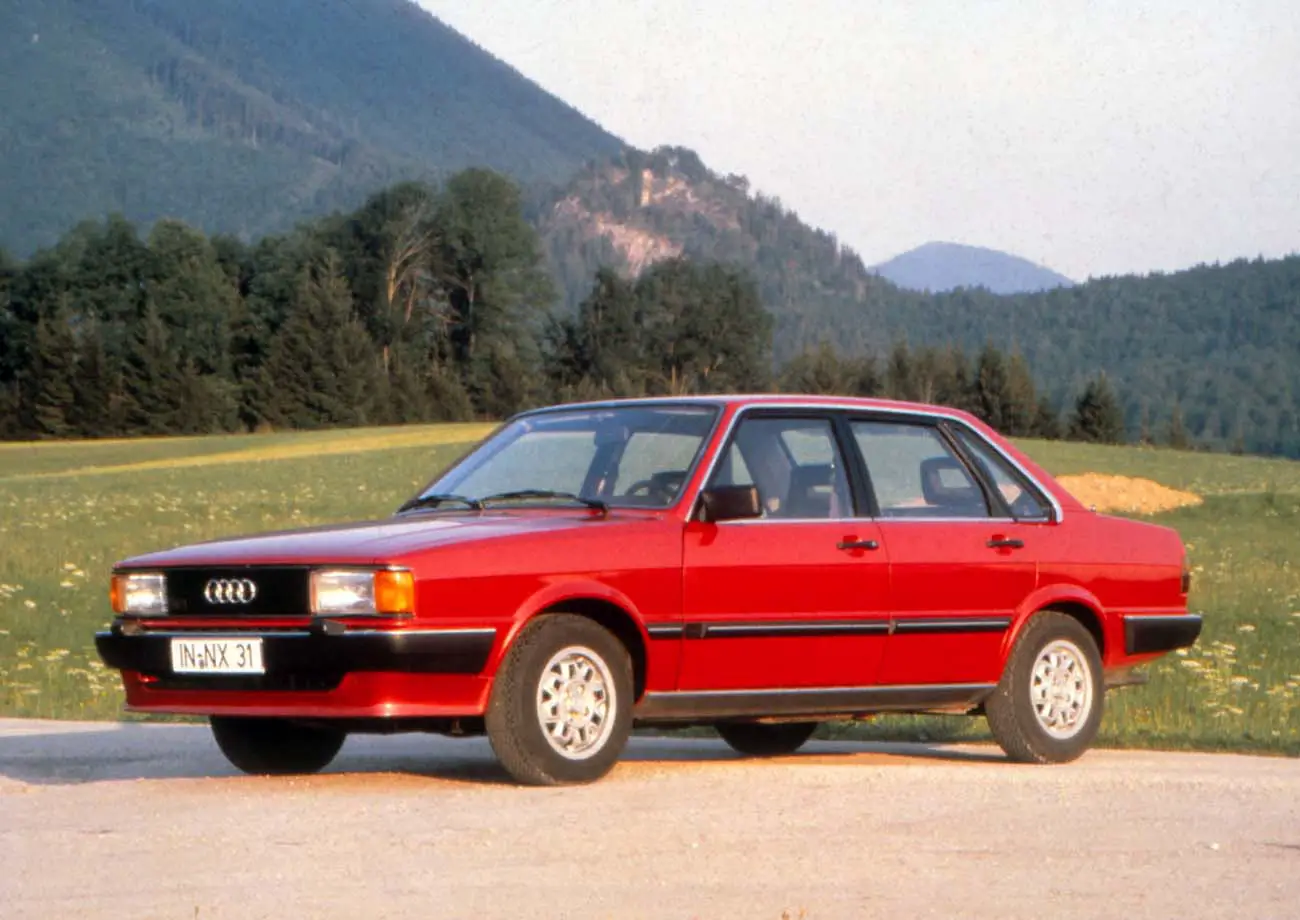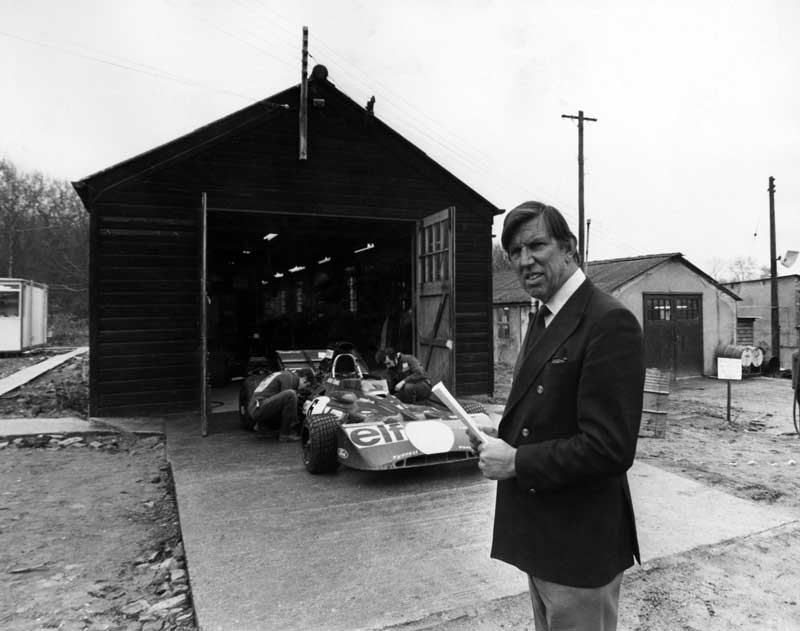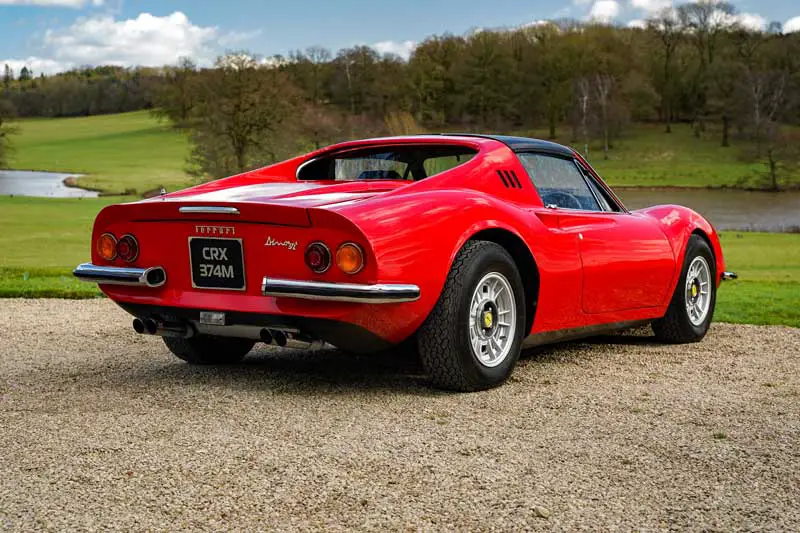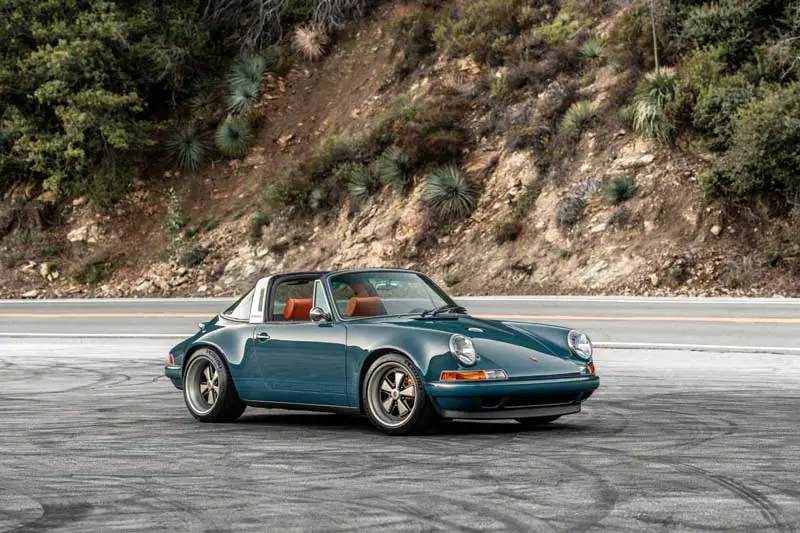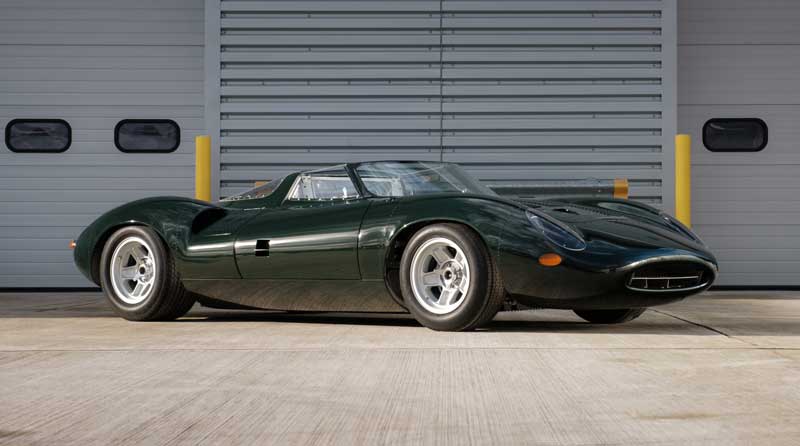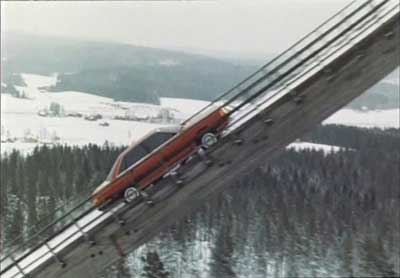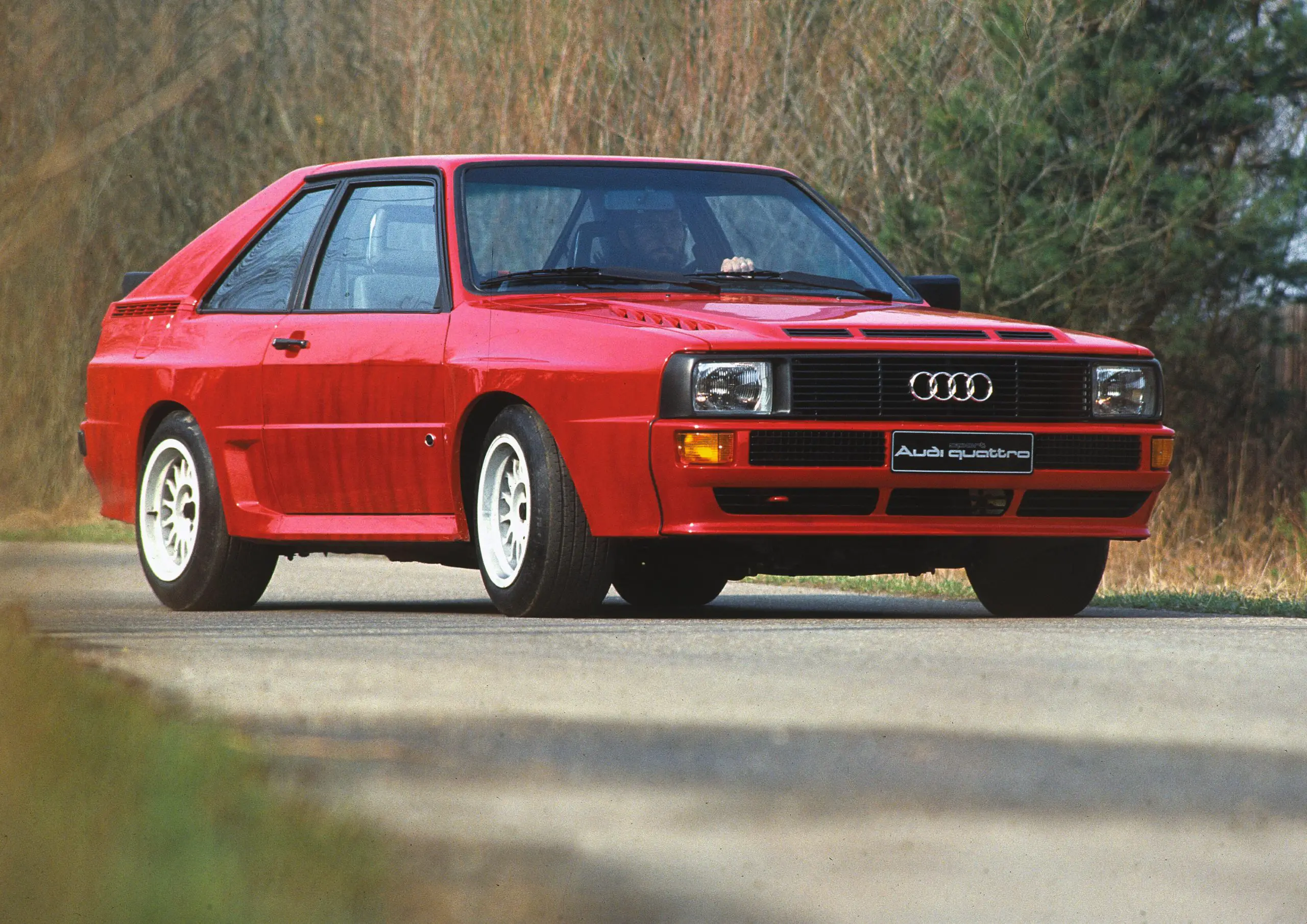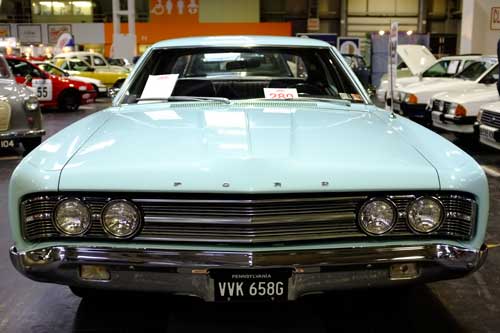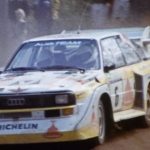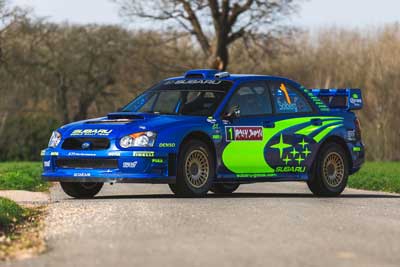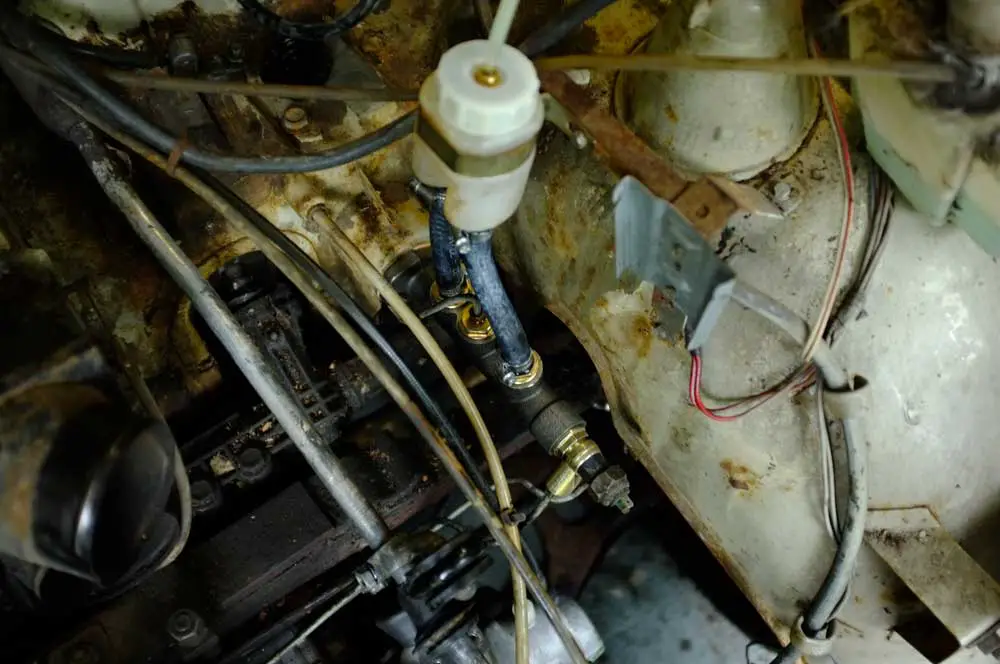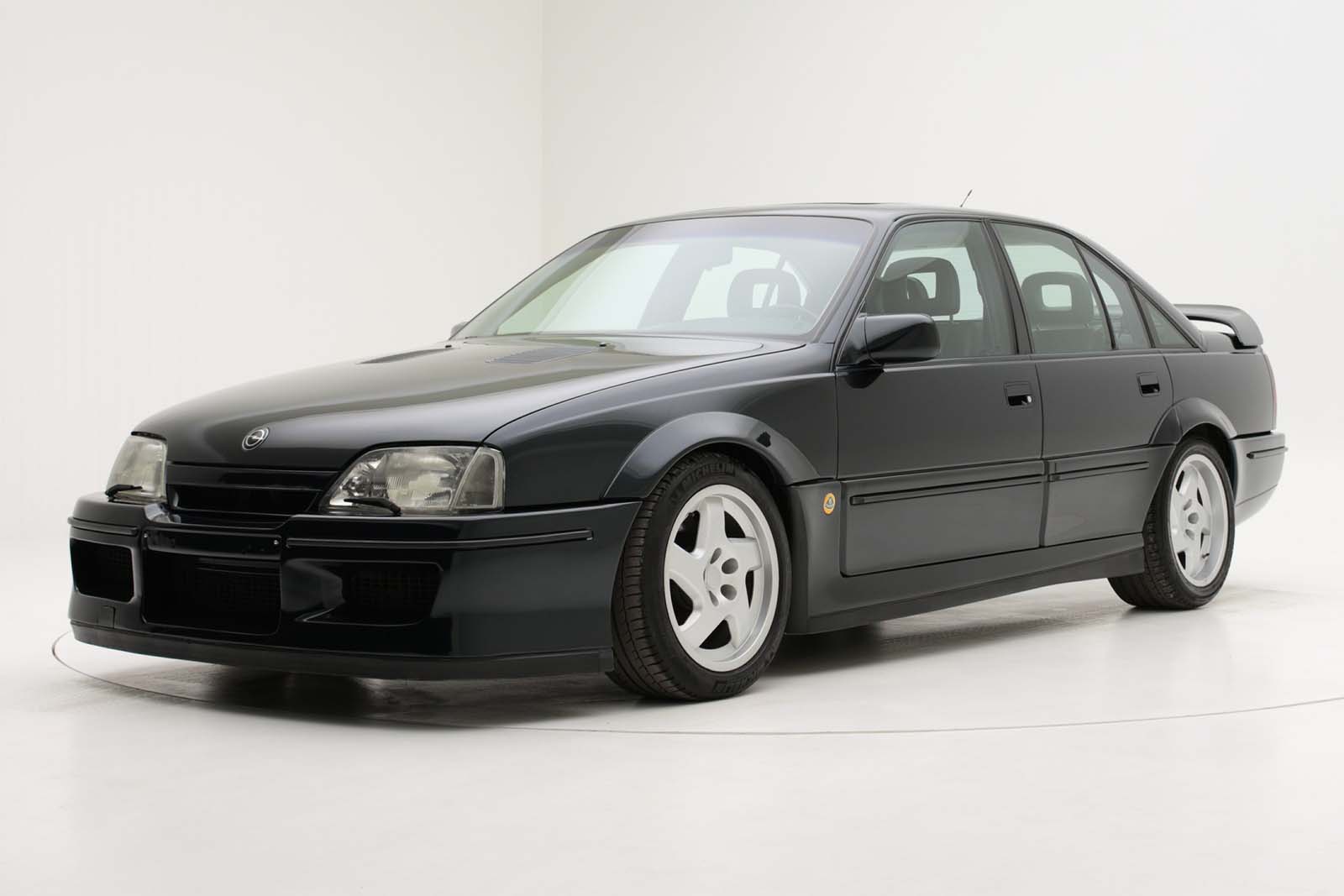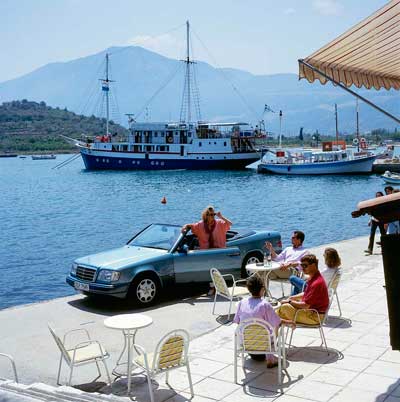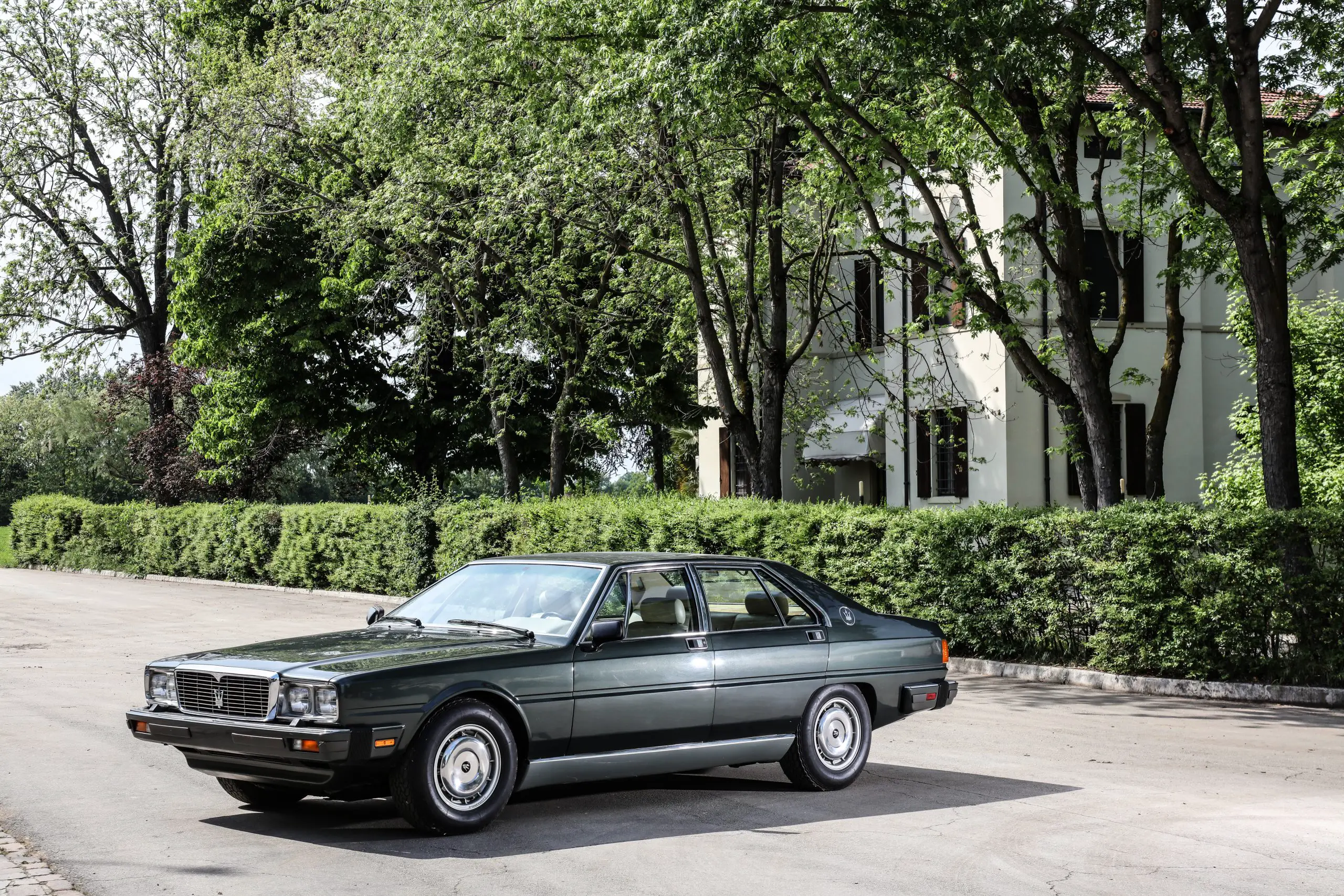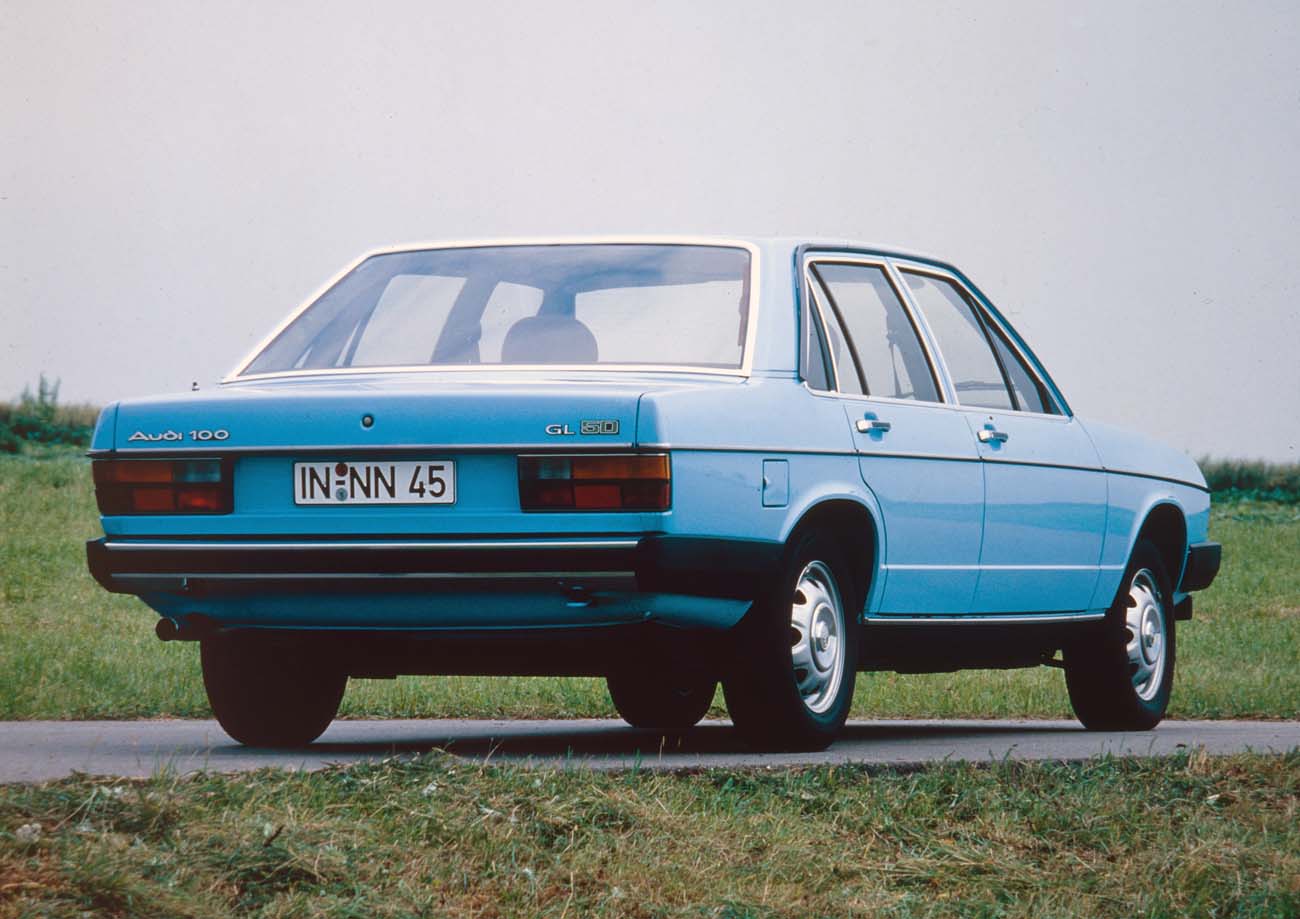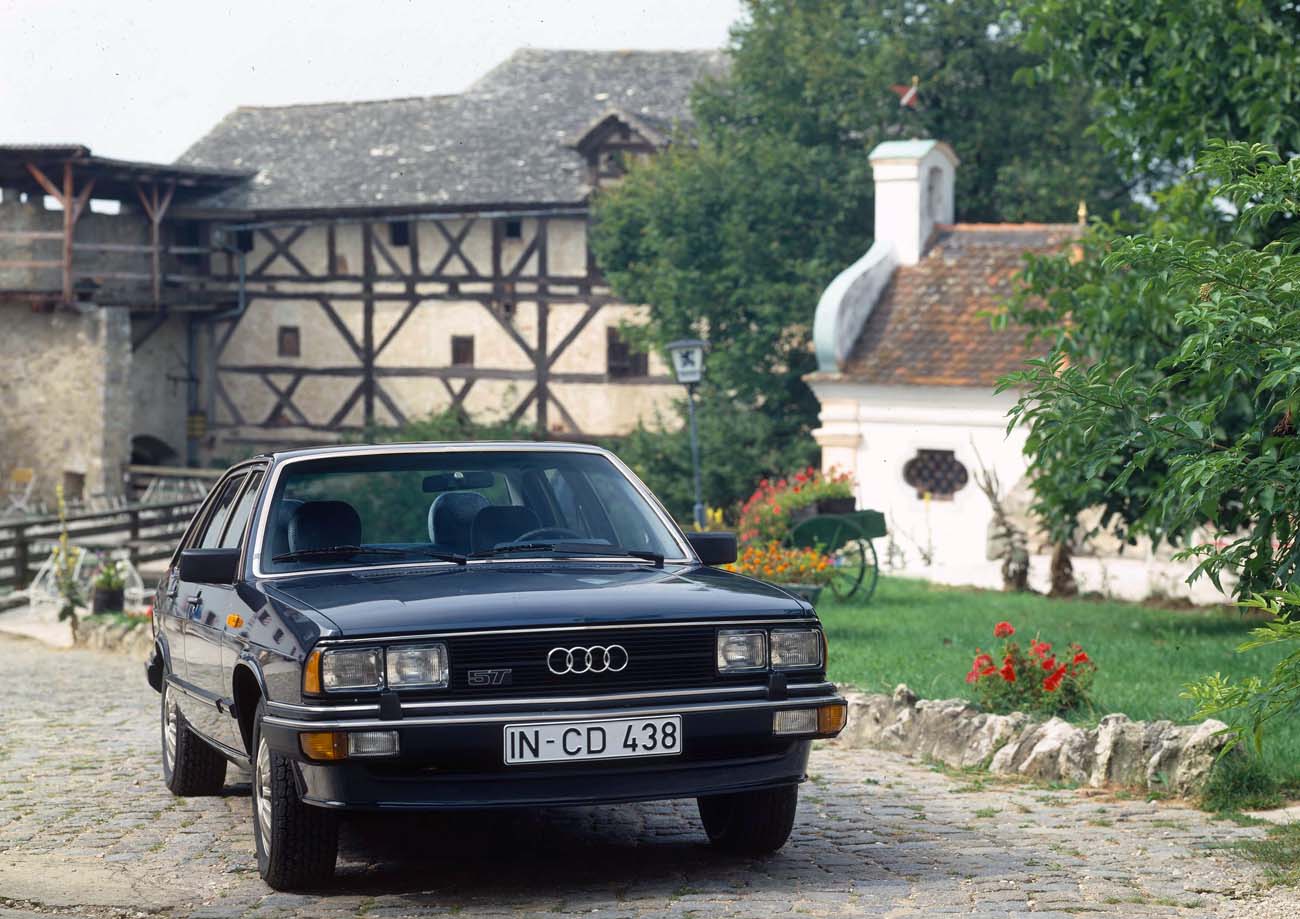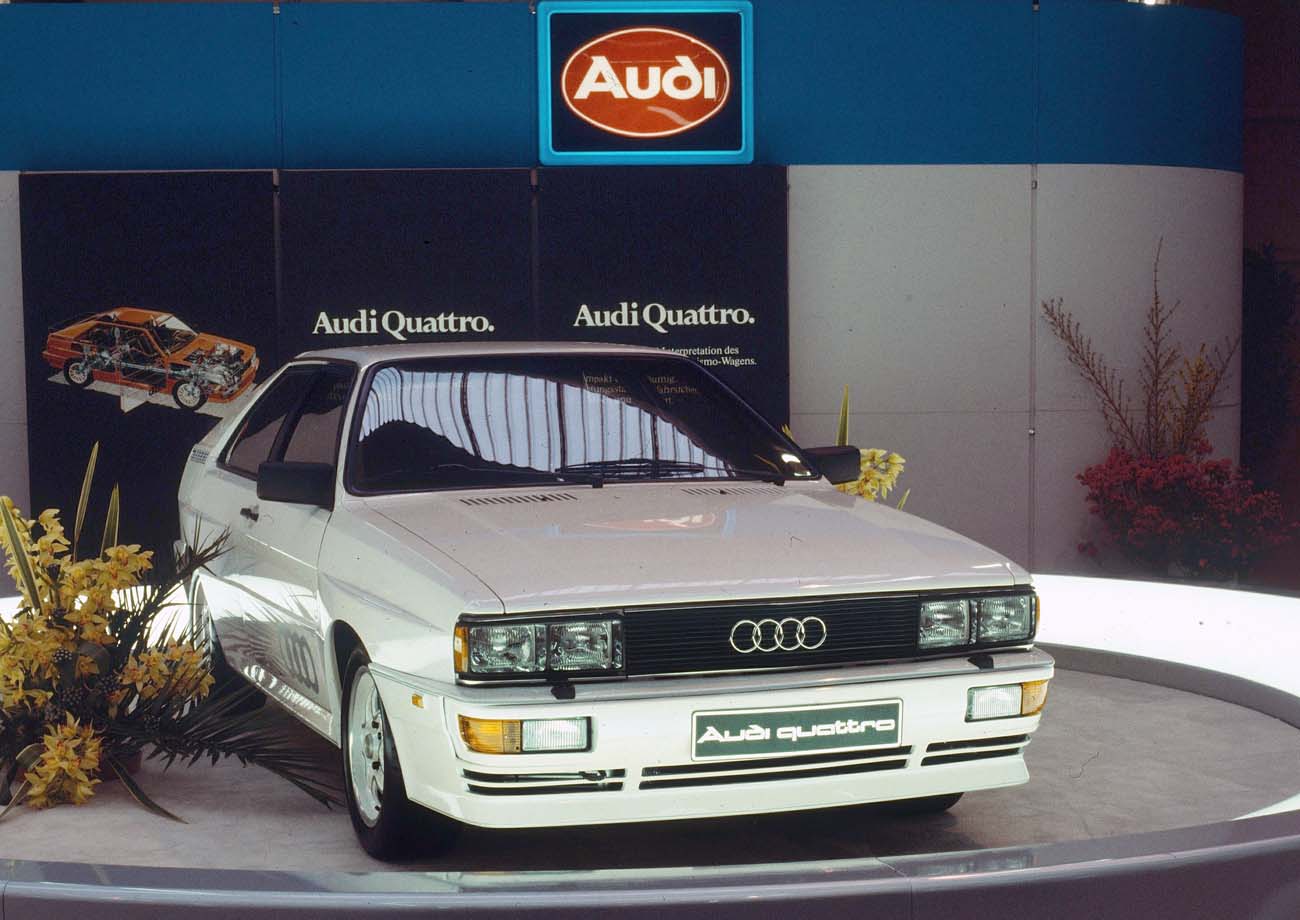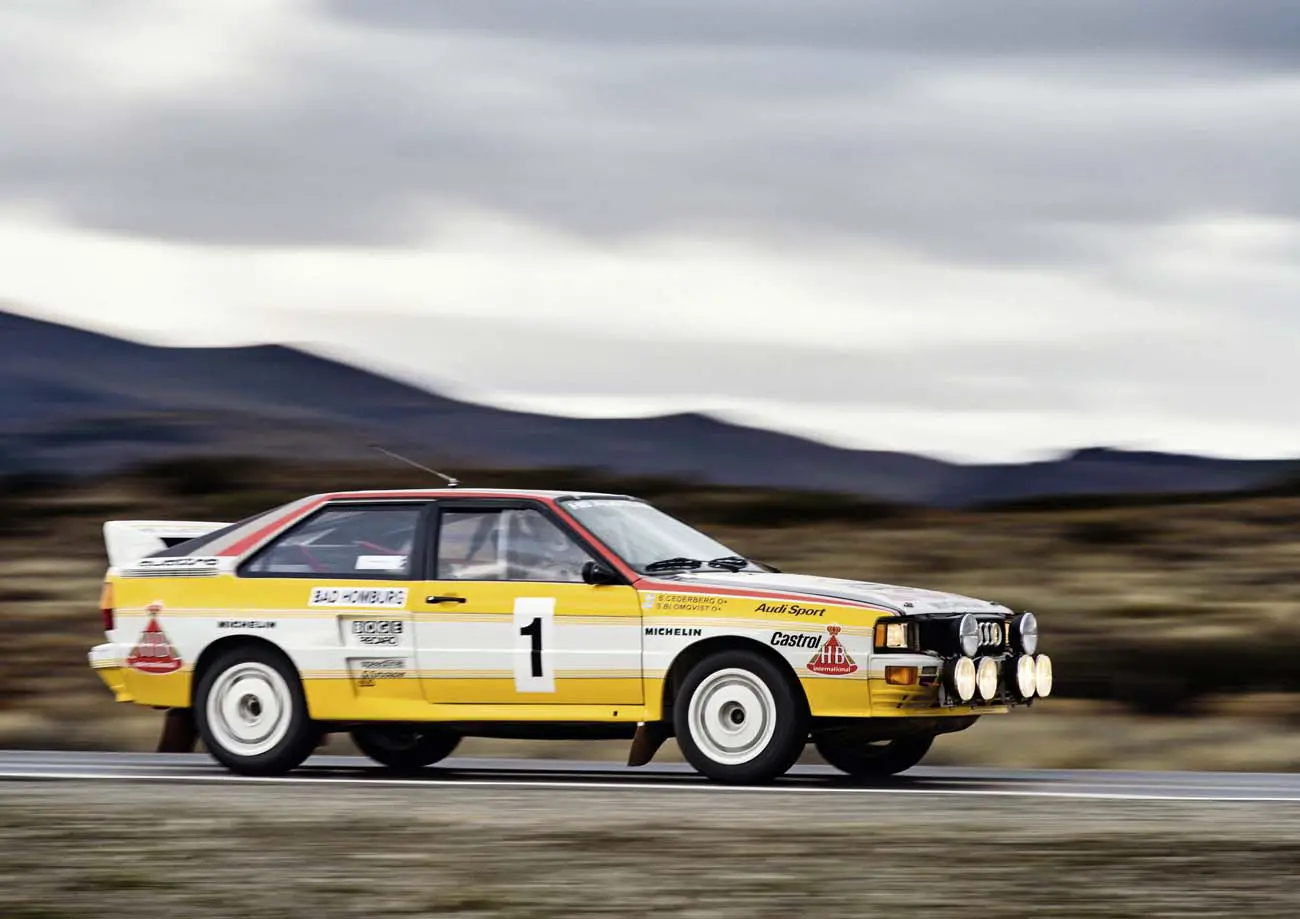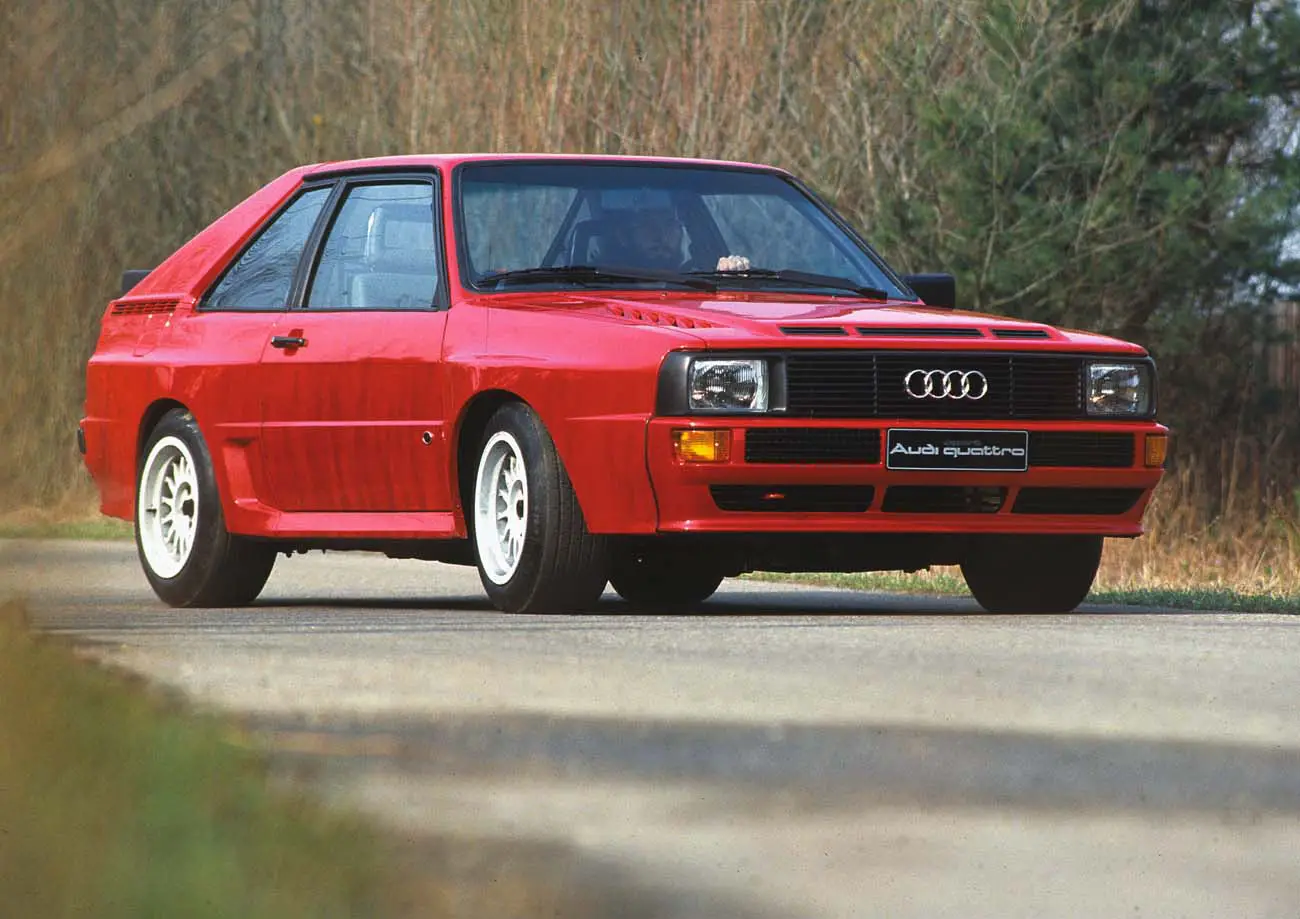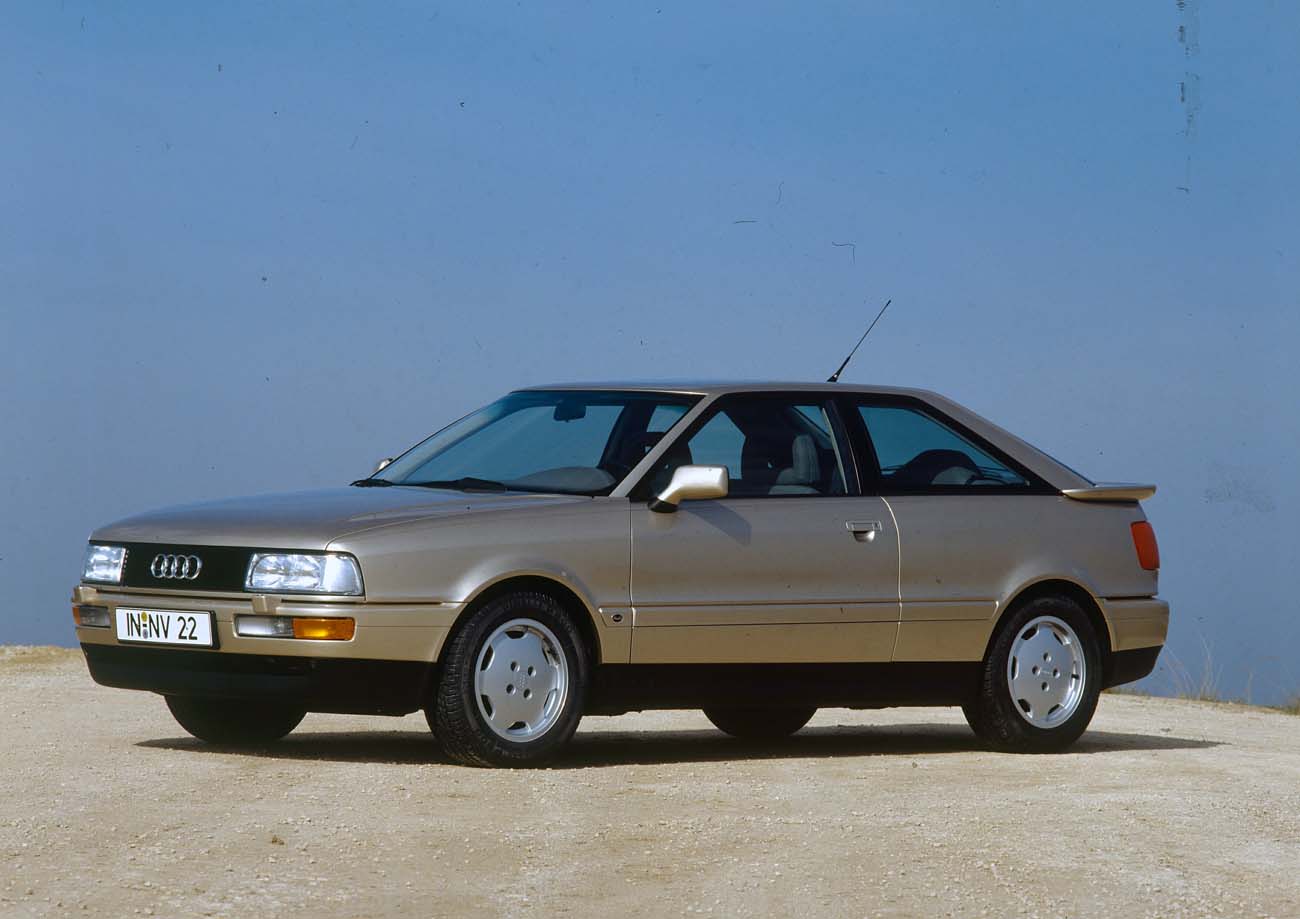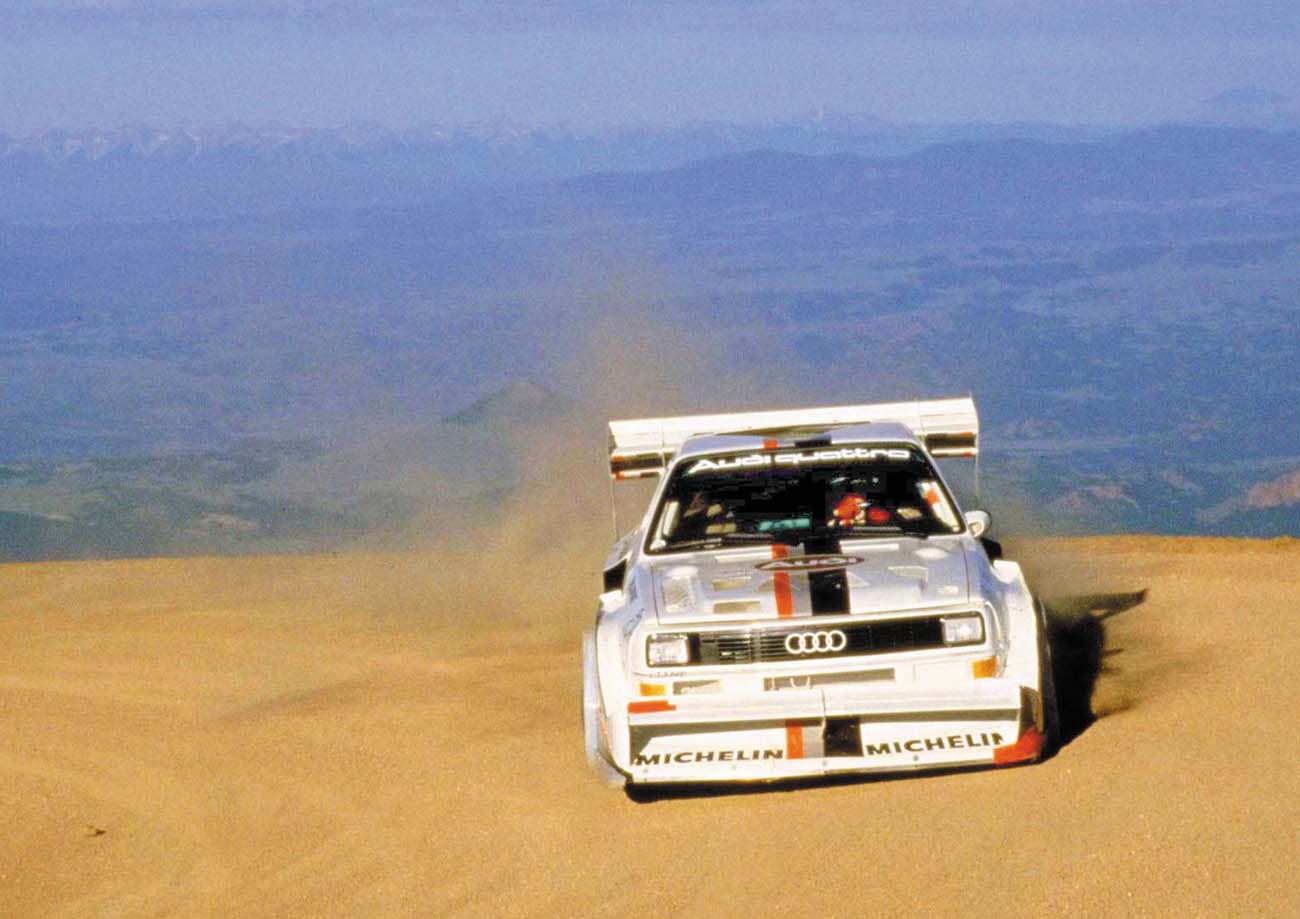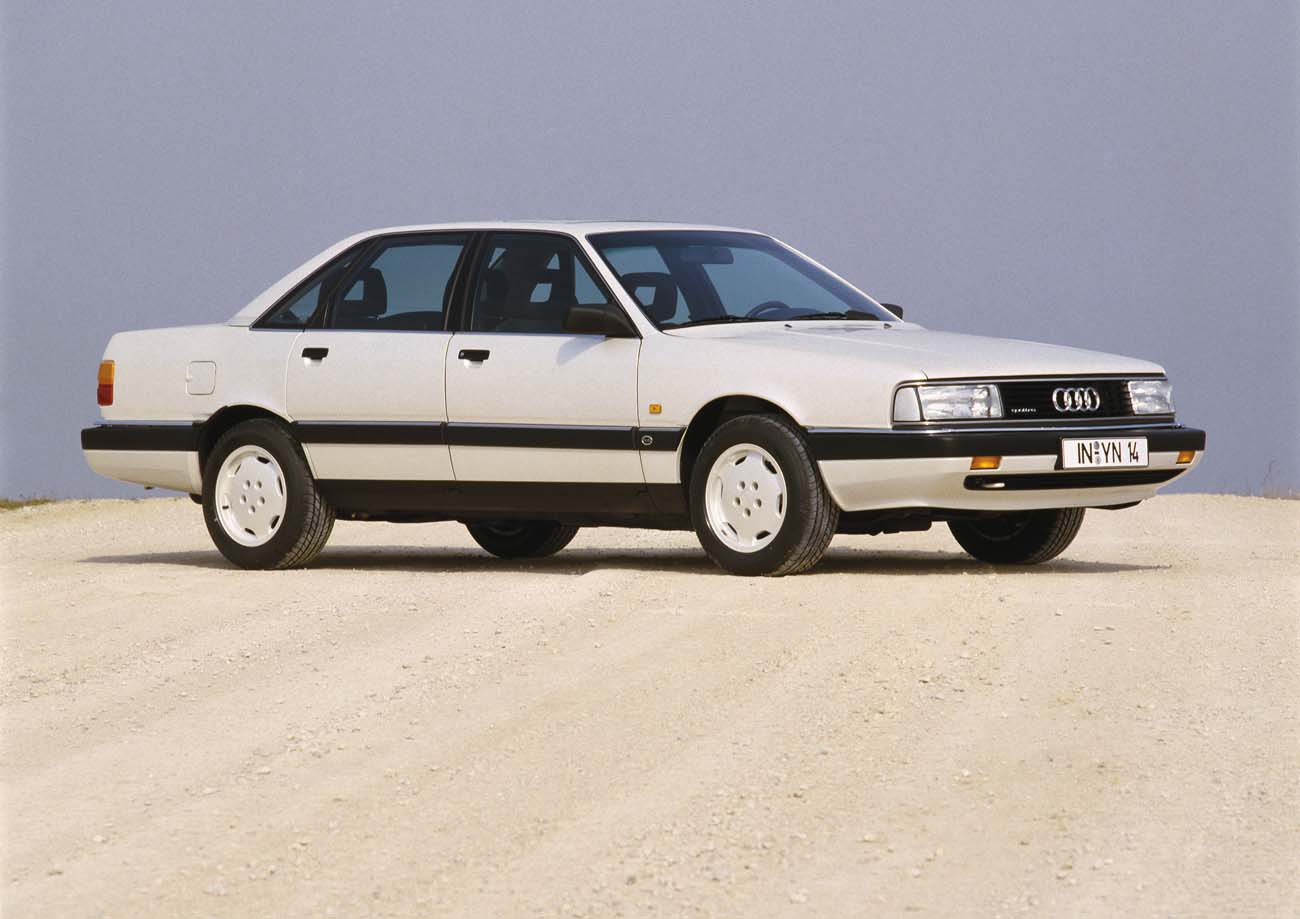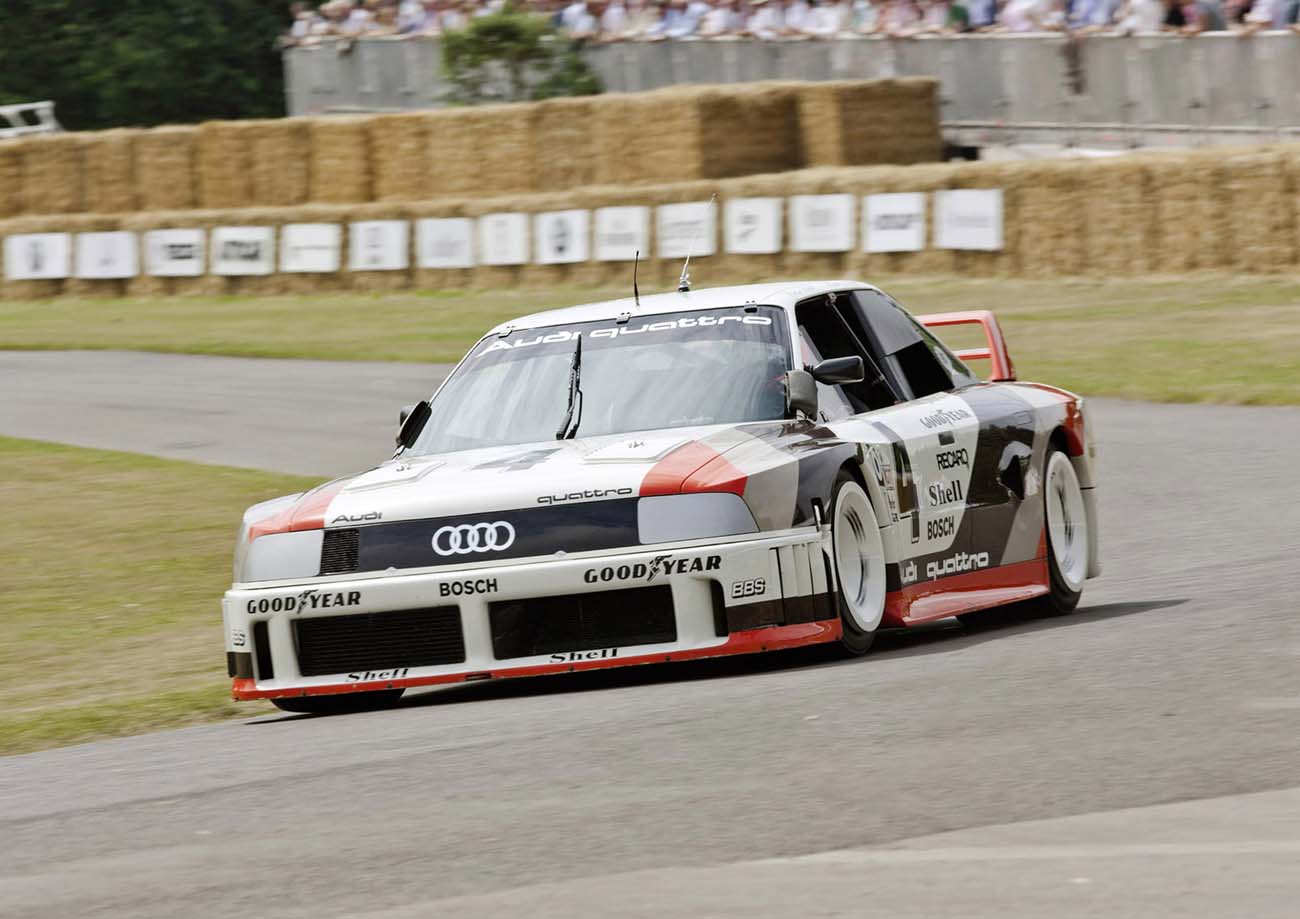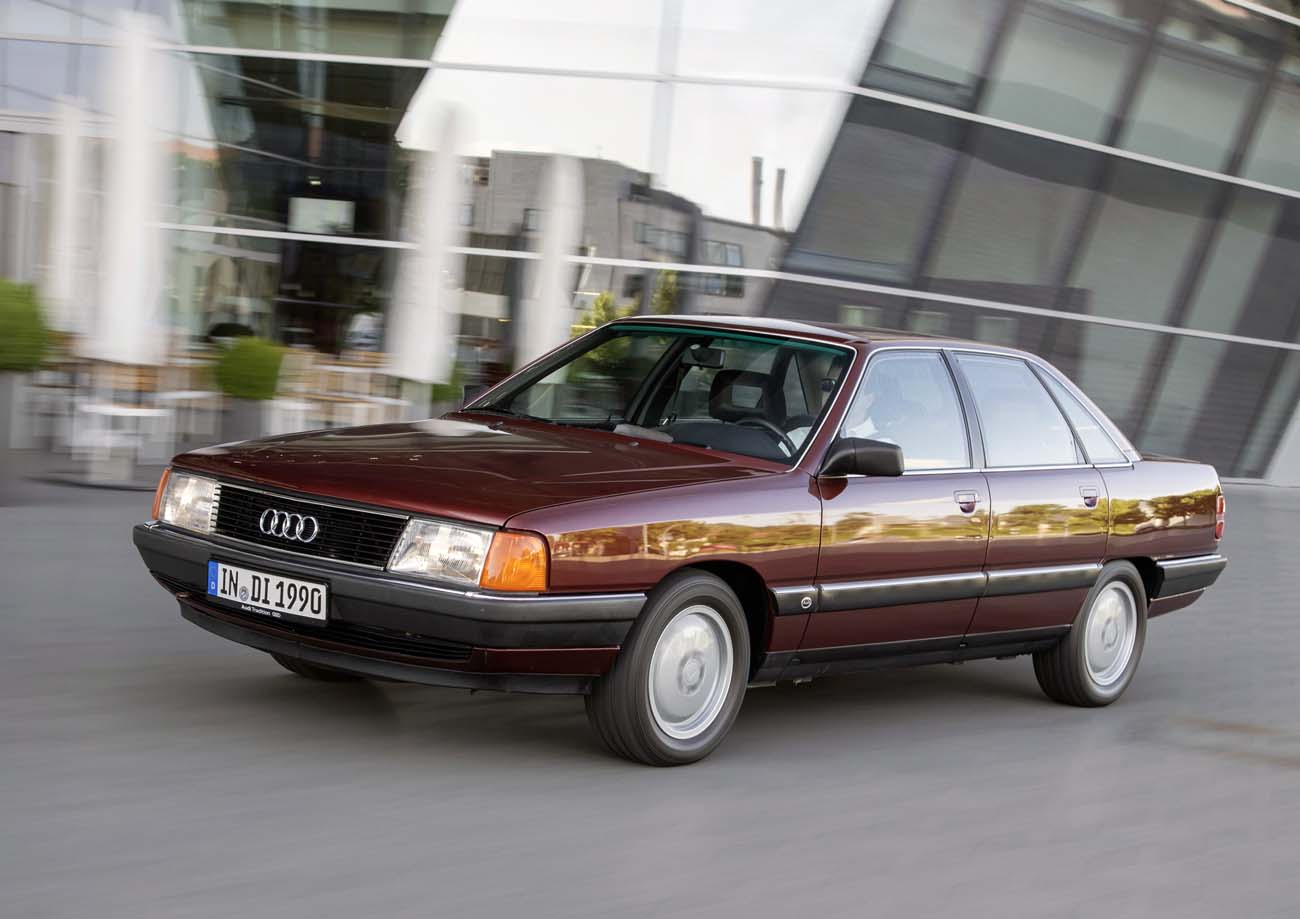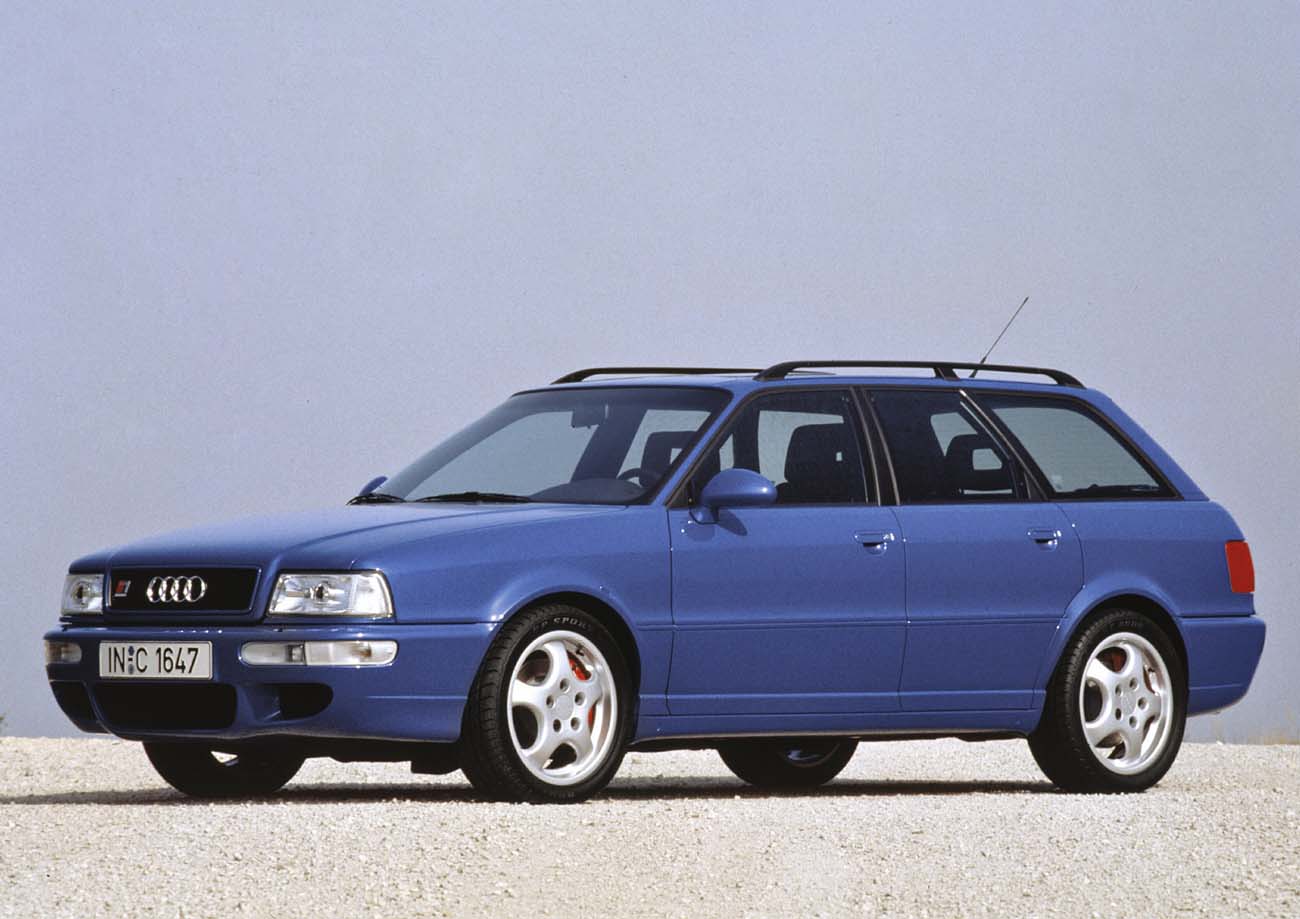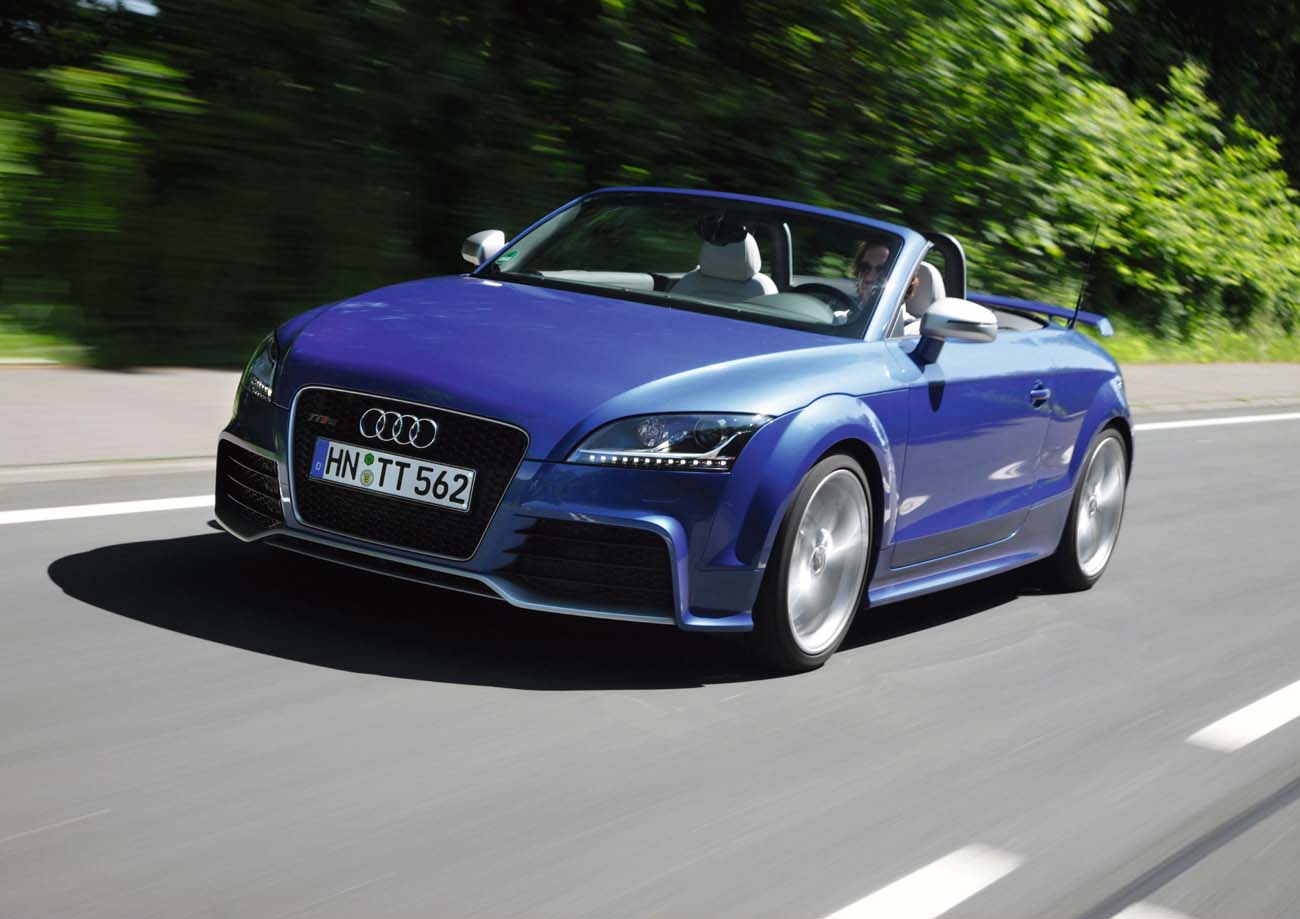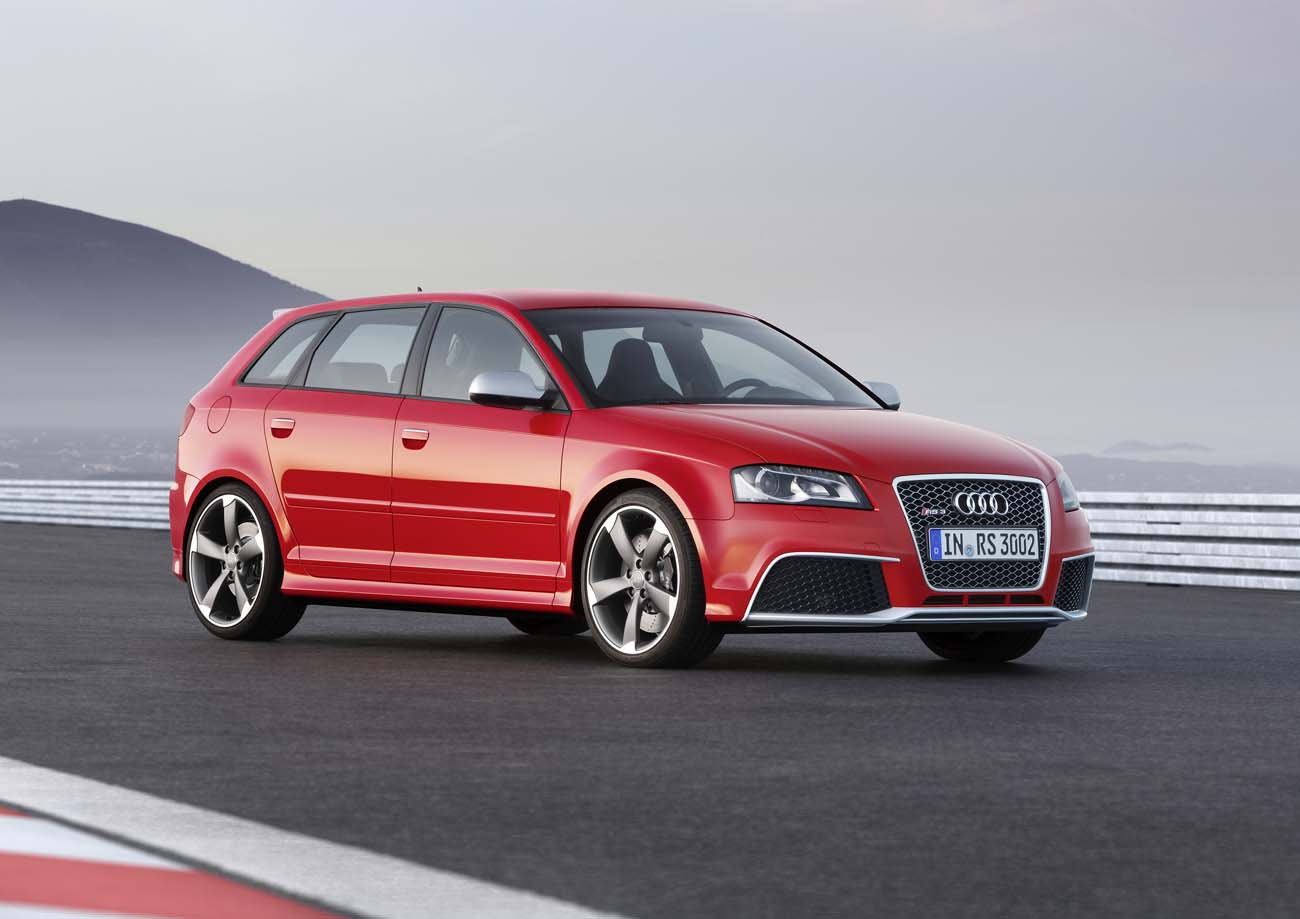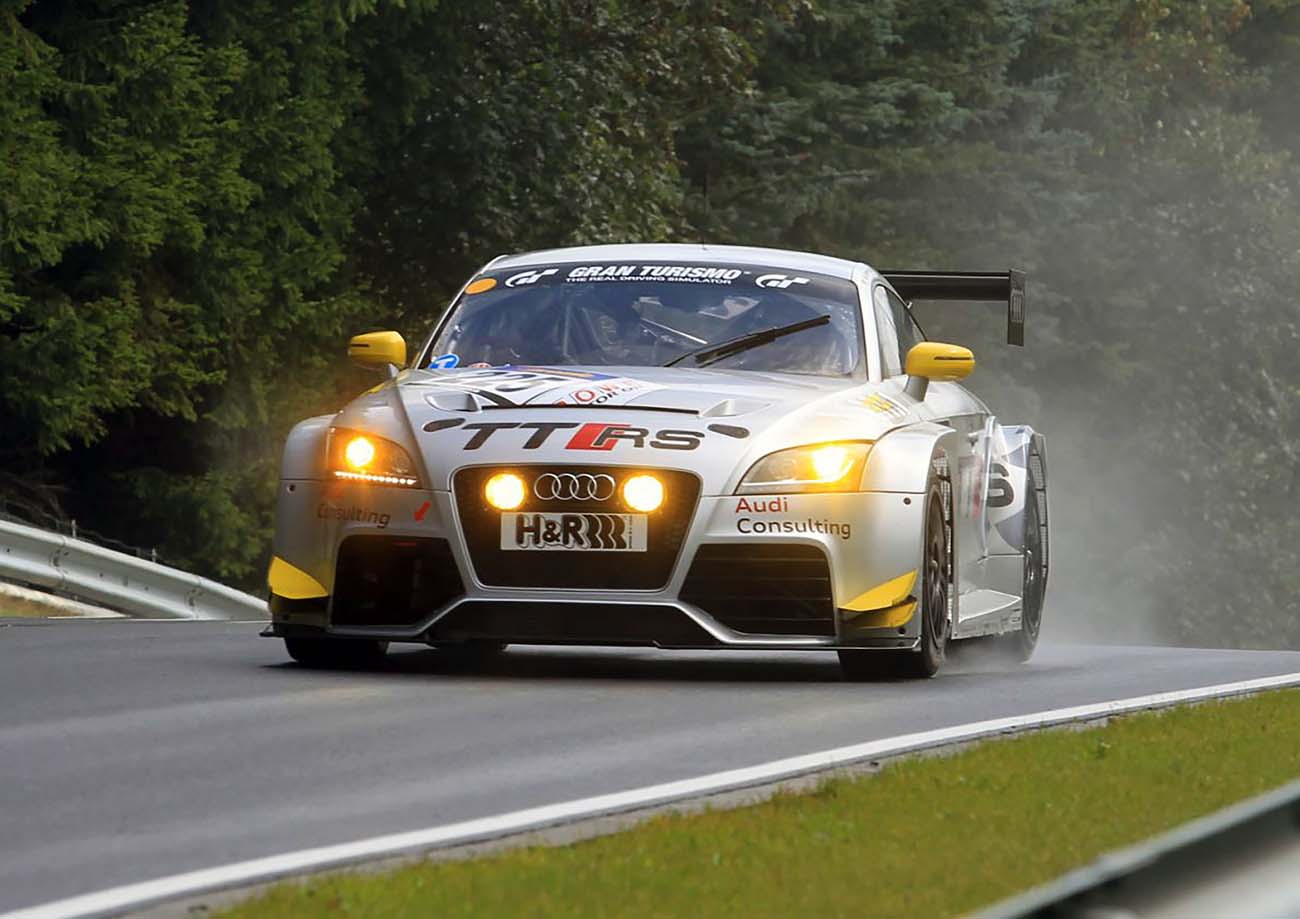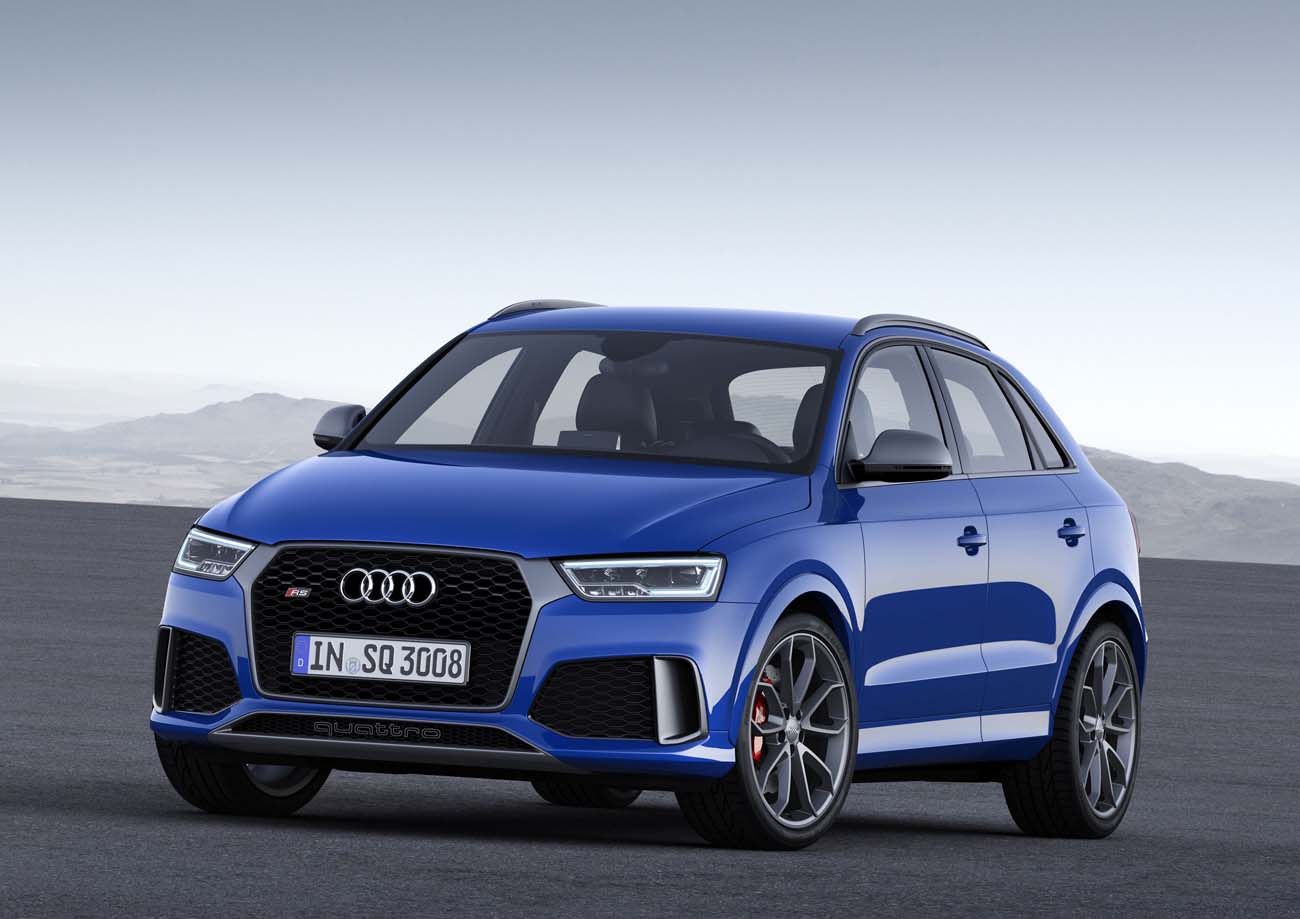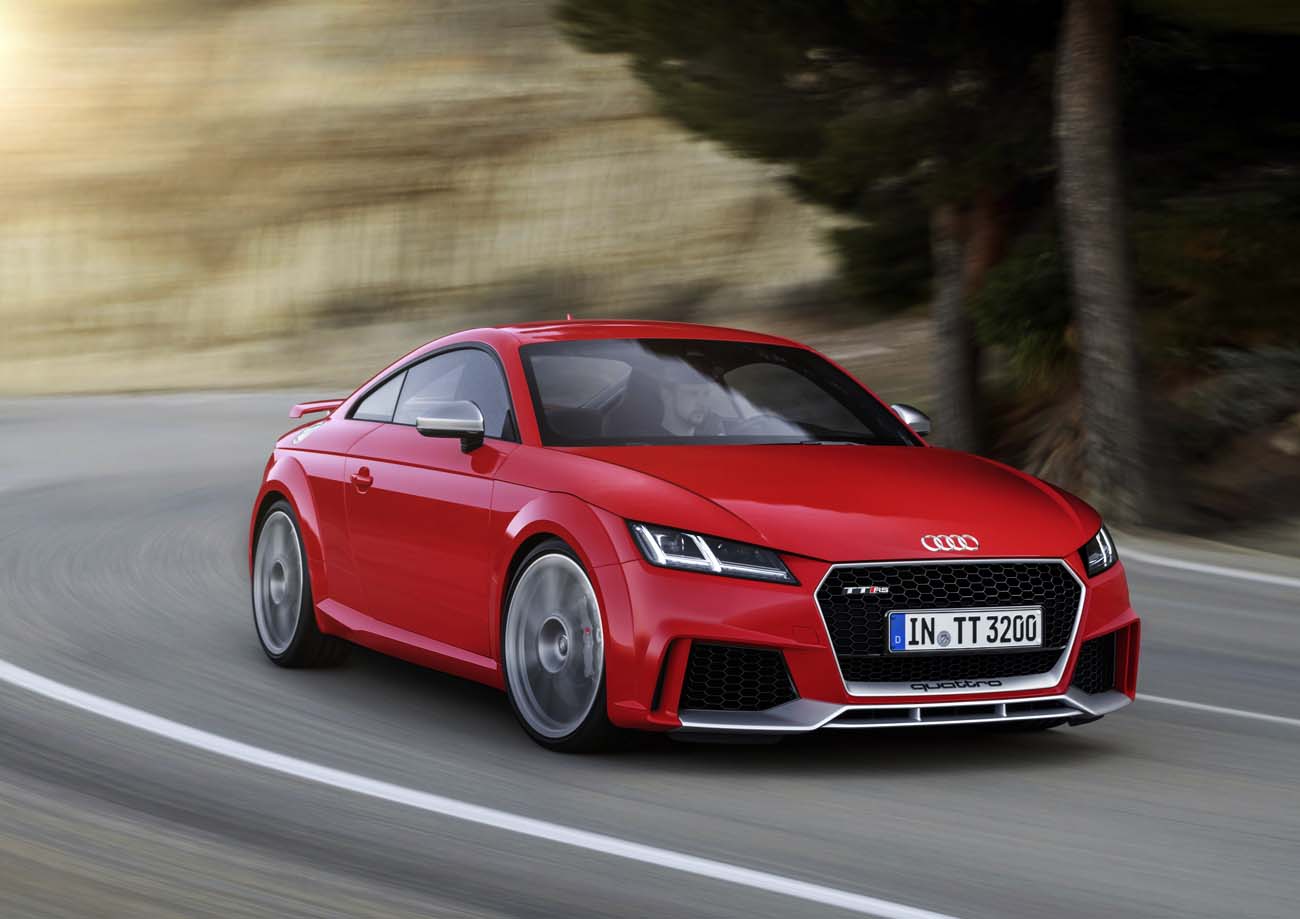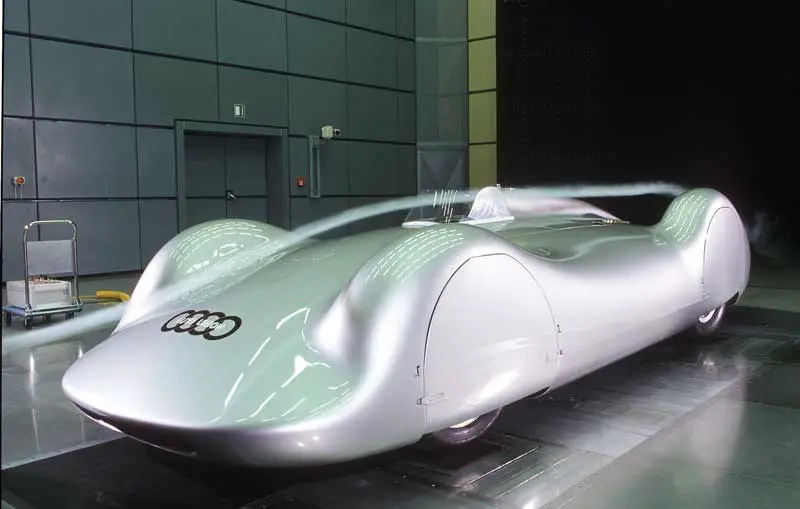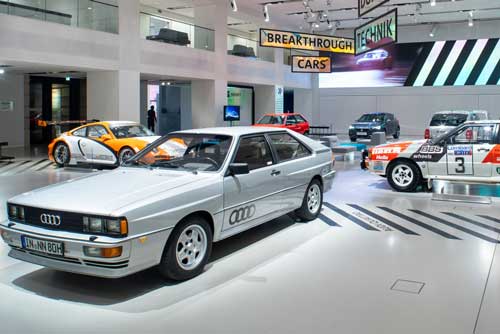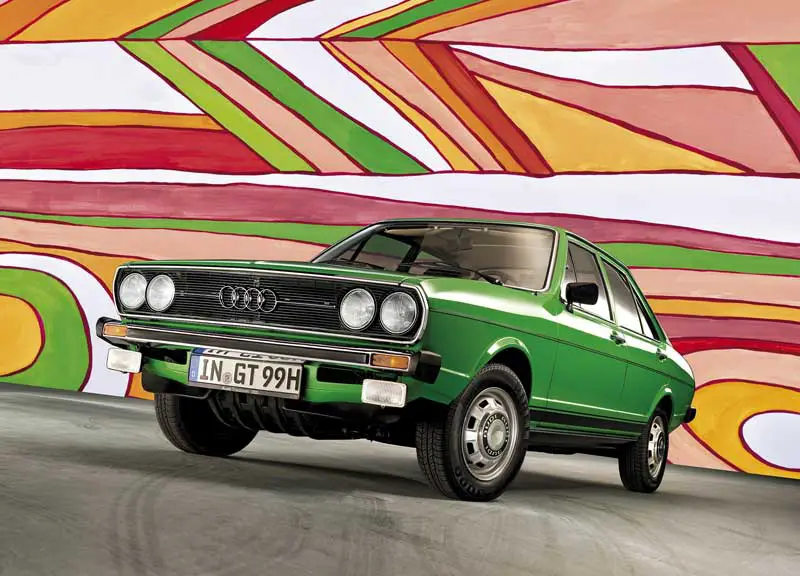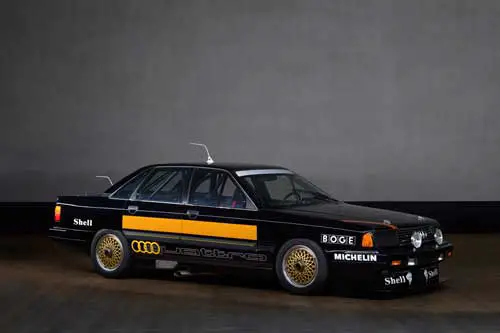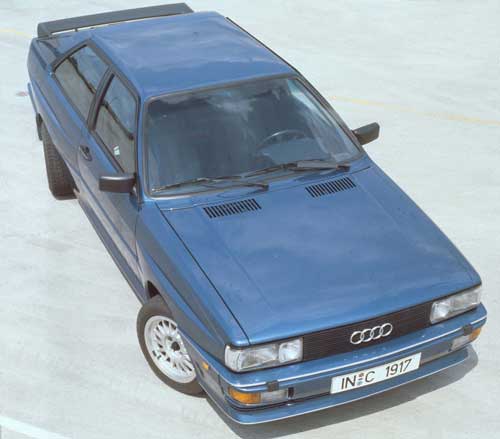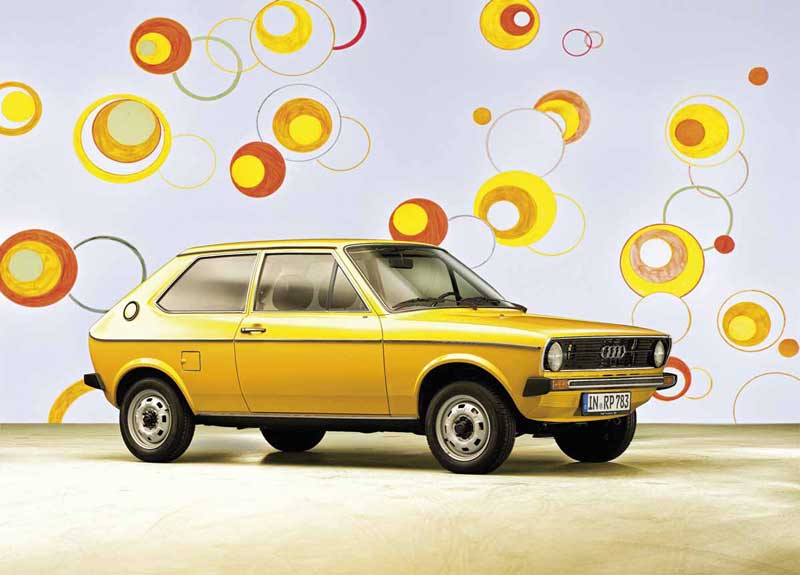
Audi 5 Cylinder Engines. Since 1976 Audi Have Made It A Cult Of It’s Own
It’s been more than 40 years since Audi introduced it’s 5 cylinder engines. Going their own way with the first of the petrol powered in-line fives, they have become something of a cult in their own right. Other manufacturers have followed with fives of their own, but it’s Audi that are synonymous with the. Here’s the history and the cars that you’ll find it in.
Audi introduced the 5 cylinder engine in 1976 and was fitted to the second generation Audi 100. The engine was internally known as Type 43 whilst under development. This was seen to be a step up from the preceding 4 cylinder model. Audi decided that the 4 cylinder wasn’t suitable to be elevated to a more executive status. Neither was it practical to introduce a six due to space and poor weight distribution, although it was considered. The first of the 5 cylinders was based on the new in-line 4 EA 827 concept. That engine was the one used throughout the Audi and Volkswagen range in the 1970s and 80s.
The 2.1-litre five-cylinder engine produced 100 kW or 136 hp. A new modern injection system was used to increase efficiency and power. Delivery of the Audi 100 5E began in March 1977.
1978 saw Audi produce their first 5 cylinder Diesel version. Naturally aspirated producing 51kW or 70bhp. Only a year later Audi produced a another automotive first, the turbocharged 5 cylinder petrol engine. This was available in the 200 5T from 1979.
But it was the introduction of the Ur-quattro and its dominance on the World Rally stage. This embedded the engine into the public psyche. Normally a turbocharged engine is somewhat muted, but the sound of the Audi five is distinctive. You didn’t need to see a running order to know that a quattro was coming, it sounded like nothing else.
1976, The First 5 Cylinder Audi, The 100 5E
1978, The 5 Cylinder Carbureted Engine
Audi introduced a carbureted version of the five-cylinder engine with an output of 85 kW, or 115 hp. This replaced the basic 2 litre four in the C2 Audi 100. The new 1.9 litre unit produced maximum power at 5,400 revs and delivered 154 newton meters or 113.58 lb-ft of torque at 3,700 rpm.
The engine was also used in the B2 Audi 80 CD, the Audi Coupé GT 5S and in the Audi 100 C3. This small er Audi was the 4000 in the USA.
1978, Audi's First 5 Cylinder Diesel
Audi presented its first 5 cylinder first Diesel model for the C2 Audi 100. The naturally aspirated 2 litre engine produced 51 kW, or 70 hp and 123 newton meters, or 90.72 lb-ft, of torque. This engine again went on to power the replacement C3 in both saloon or Avant versions.
From 1984 Audi turbocharged the engine with a power output of 64 kW, 87 hp, and 172 newton meters ,or 126.86, lb-ft of torque.
1980, Tubocharged 5 Cylinder Gasoline Engine
Audi produced it’s first turbocharged 5 Cylinder petrol engine in 1980. This innocent looking saloon car, the 200 5T five-cylinder gasoline engine with turbocharger In 1980, the C2 model Audi 200 5T had the new 2,144cc 125kW, 170hp engine. The turbocharger increased torqure to 265 newton meters or 195.45 lb-ft at 3,300 rpm.
The Audi 200 5T was considered to be the first of the luxury Audis. The Audi 100 CD which it was based on was pretty nice for the time too.
The USA didn’t get the the disticntion between the 200 and 100 models with all of them being known as the Audi 5000.
1980, Tubocharged 5 Cylinder Gasoline Engine With Intercooler
The UR-quattro which was introduced in 1980 has essentially the same 2,144cc engine as the 200 5T, but with an intercooler. This enabled the power to be pushed to 147kW or 200hp at 5,500rpm. Torque went up to 285 newton meters or 201.21 lb-ft at 3,500rpm. Combine with permanent four wheel drive this made the original quattro quite potent. Especially in rallying.
The body of the Audi quattro was based on the that of the B2 Audi Coupe. This was in turn based on the Audi 80. Wider flared wheel arches and larger bumpers and sills and the addition of the larger rear spoiler helped distinguish the full fat quattro from lesser models.
1983, 5 Cylinder Dominance In Rallying And World Champions
In 1983 the late Finnish driver Hannu Mikkola won the World Rally Champion drivers’ title in this car.
The 5 cylinder engine in the quattro proved triumphant in rallying. Not just attached to the car which was like no other, it came with a soundtrack unlike the whole field. In the 1983 Corsica Rally, Audi competes for the first time with the Audi quattro A2, Group B. Its 2.1 litre turbocharged engine produced 265 kW, 360 hp, at 6,500rpm. It also delivered 450 newton meters, 331.90 lb-ft, of torque at 4,000 rpm.
The following year Swedish driver Stig Blomqvist produced the same result. He became World Rally Champion and Audi won the manufacturers world championship for the second time. The first was in 1982.
See a video of the Walter Tresor creation in action here;
1983, 5 Cylinders Four Valves, Turbocharger And Intercooler
Audi presented the Sport quattro in September 1983 at the Frankfurt International Motor Show. The same 2,133cc engine built for WRC 3 litre class rules, but with a four valve per cylinder head. This helped to boost the power to 225kW, 306hp, at 6,700rpm. Maximum torque was up to 350 newton meters or 258.15 lb/ft at 3,500rpm.
Coupled with the new short wheelbase configuration, this was Audi’s re-working of the quattro to continue the attack on the Group B rallying World Championship. The was car built in enough numbers to meet homologation limits, but Audi only sold 214 of them. They weren’t cheap.
Delivery started in May 1984 and Audi competed with the new car in the penultimate round of the WRC, the Ivory Coast Rally.
1984 Map-Controlled With Emission Control
In 1984 Audi developed the electronically controlled map injection system for its 5, with the addition of a catalyic converter. This was to control emissions, but also came attached to the largest of the 5 cylinder engines to date. The 2,309cc engine produced 100kW, 136hp, at 5,600rpm. Torque was now up to 188 newton meters or 138.66 lb/ft at 3,500rpm.
The 2,309cc engine is the most widely used of all the 5 cylinder variants. It can be found in the C3 100 2.3E, the B3 Coupe 2.3E and the B3 90 2.3E. FRom 1990 it found a home in the 100 2.3E, the new C4, in the B4 80 2.3E and the Cabriolet 2.3E. In this configuration power was slightly down at 98kW, 88hp, at 5,600rpm and with 186 newton meters or 137.19 lb/ft at 4,000rpm.
1987, Audi Sport quattro S1 (E2) Pikes Peak
Audi smashed the Pikes Peak hillclimb record in 1987 with the Sport quattro S1. This eventy covers nearly 20 kilometers of largely unpaved road. Walter Röhrl set a new record of 10 minutes and 47.85 seconds. 156 bends and a difference in altitude of 1,439 meters. Now the course is largely paved and tha fantastic looking sandy surface in the picture has gone.
This version of the Sport quattro had the 2,133cc engine but with 440kW or 598hp at 8,800rpm. A whopping 590 newton meters, or 435.16 lb/ft of torque too at 5,500rpm. Audi had to find somewhere to use the old Group B cars after they withdrew from rallying in 1986.
1988 5 Cylinder With Four Valve Head And Two Catalytic Converter (S Engine)
In 1988 Audi launches the S engine variant of the 5 cylinder. This four valve engine now had two catalytic converters and a closed tank venting system compelte with onboard diagnostics. Ever improving emissions controls makeing the engine cleaner with each iteration.
This was first available in the 200 quattro 20V in the facelifted C3 body. This also made its was to the quattro a year later, known as the quattro 20V and in the B3 S2 Coupe in 1990. The turbocharged 2,226cc engine produced 163kW or 220hp at 5,700rpm. The torque was now 309 newton meters, or 227.19 lb-ft at 1,950rpm.
1989, The Most Powerful 5 Cylinder Works Engines In Motorsport
In 1989 Audi entered the IMSA GTO series in the USA with the Audi 90. This used the most powerful version of all the 5 cylinder engines Audi had produced to date. The 2.2 litre turbocharged engine produced 530kW, 720hp, at 7,500rpm. There was also 720 newton meters of torque, or 531.04 lb/ft at 6,000rpm.
The car was based on the B3 80 and 90, but was a tubular space frame with a carbon fibre composite body. This allowed Audi to get the weight down to 1206kg.
Audi won seven rounds of the ISMA GTO series that year. Quite an upset to the American teams with their more conventional large engined two wheel drive cars.
1989: first five-cylinder turbocharged direct-injection diesel engine in a production car
Another Diesel engine update was made for the 100 TDI in 1989. The first prodution car with with a 5 cylinder direct injection turbo Diesel engine. The 2.5 litre engine produced 88kW, 120hp and 265 newton meters, 195.45 lb/ft of torque.
Used in the C3 it was also carried over to the C4 and from 1994 had an increase in power. 103kW, 140hp and 290 newton meters or 213.89 lb/ft of torque.
1991, Performance Enhanced Overboost Control
In 1991 Audi added overboost control to the S engine and used it in the S4 version of the Audi 100. The turbocharged version of the 2.2 litre 20V engine produced 169kW or 230hp at 5,900rpm. A bried increase in turbo boost pressure meanth that the peak torque hit 350 newton meters, 258.15 lb/ft, at 1950rpm.
This engine also powered the S2 Avant (pictured above), the S2 Coupe. In 1994 the Audi 100 S4 became the S6 version of the A6.
This started something of a fast estate trend which continues today.
1994, The End Of the 5 Cylinder And the Comeback In 2009
1994 saw Audi remove its 5 cylinder engines from the B segment when the new B5 variant of the Audi A4 was introduced. The 5 cylinder engines were gradually replaced by new V6 engines by the mid 1990s. The last of the 5 cylinders were the Diesels, the 2.5TDI in the Audi A6 and the 2.3 Turbo petrol in the S6. This pair managed to hang on until 1997.
In 2009 there was something of a comeback. In quite a big way. The performance version of the Audi TT, the RS, featured a new transversely mounted 5. Developed by quattro GmbH, the engine produced 250kW, 340hp from it’s 2.5 litre displacement. This engine also featured in the RS3 Sportback, and in the RS Q3.
An international jury of motoring journalists has voted the five-cylinder powerplant “Engine of the Year” seven times in a row since 2010.
2009, The Return Of The 5. New 2.5 TFSI Direct Injection, Turbocharged And Intercooled
Some 30 years after Audi introduced the first turbocharged 5 cylinder engine, they launch a new model with a turbocharged 5.
The new TT RS was introduced at the Geneva Motor Show in 2009. The new 2,480cc powerplant delivered 250 kW, 340 hp, at 6,500rpm. 450 newton meters, or 331.90 lb/ft of torque were available at 5,300 rpm.
From 2011, Audi used this engine in the RS 3 Sportback. From 2014 it also founf it’s way into the updated RS Q3.
The TT RS Plus of 2012 saw power increase to 265kW, 360 hp at 6,700rpm. It developed 465 newton meters or 342.97 lb/ft) of torque at 5,400 rpm.
2010: Audi TT RS In Racing
In 2010, Audi started its motorsport programme with the TT RS. Developed for endurance racing it is powered by the 5 cylinder engine from the production version. Modifications to the intercooler and exhaust amongst other things bring the power up to 28kW, or 380hp at 5,800rpm. Maximum torque is an impressive 500 newton meters (368.78 lb/ft) at 2,500 rpm.
In the VLN Endurance Championship of 2010 and 2011, the TT RS in front wheel drive form wins several races in the up to 2.5 litre class. Overall victory in the 2011 Nürburgring 6 hour and a class victory in the 24 hour.
2015, 2.5 TFSI Direct Injection, Turbocharged, Intercooled
The second-generation RS 3 Sportback appeared in the summer of 2015. Then the most powerful car in the premium compact segment. A power outpur of 270kW, 367hp, set a new benchmark. A high compression ratio could be used in conjuction with the direct injection giving good efficiency. The 5 cylinder engine produced 465 newton meters of torque, or 342.97 lb/ft, at as little as 1,625rpm.
Since the Spring of 2016, the engine has been used in the RS Q3 too.
2016, 2.5 TFSI Direct Injection, Turbocharged, Intercooled, More Power
The Beijing motor Show in 2016 was the launch venue for the new TT RS Coupe and the TT RS roadster. This wasn’t just a new car with a carried ower powertrain, the 5 cylinder engine had been re-worked too. Enhancements in every area had brought increased power.
Reduced internal friction and lighter materials gave 284kW (400hp) from the same 2,480cc. Maximum torue was up too at 480 newton meters, or 354.03 lb/ft between 1,700 and 5,850rpm.
I’ve been a bit of an Audi fan for years. The late 70s to the late 80s are the period I really like. Their 5 cylinder engines have a legendary status of their own, it’s nice to see it come back.
Simon
